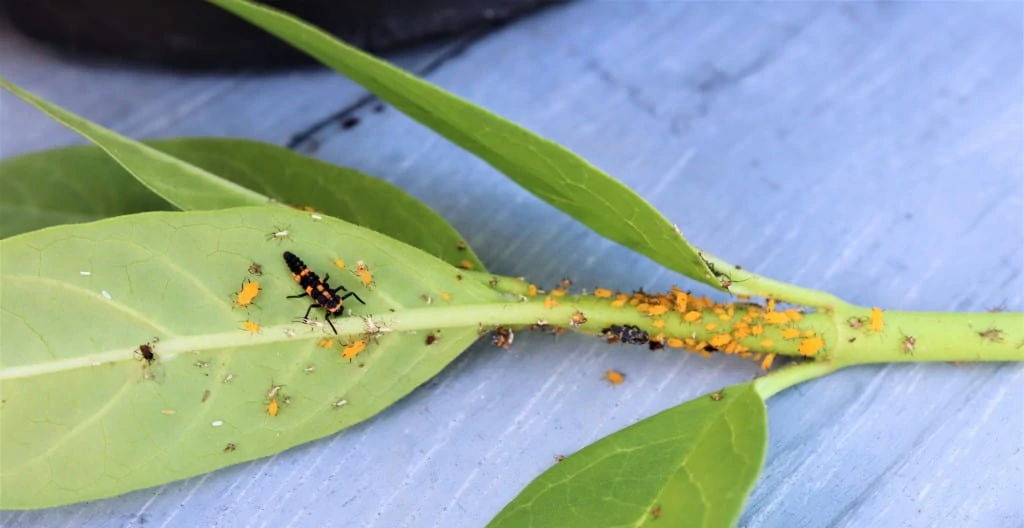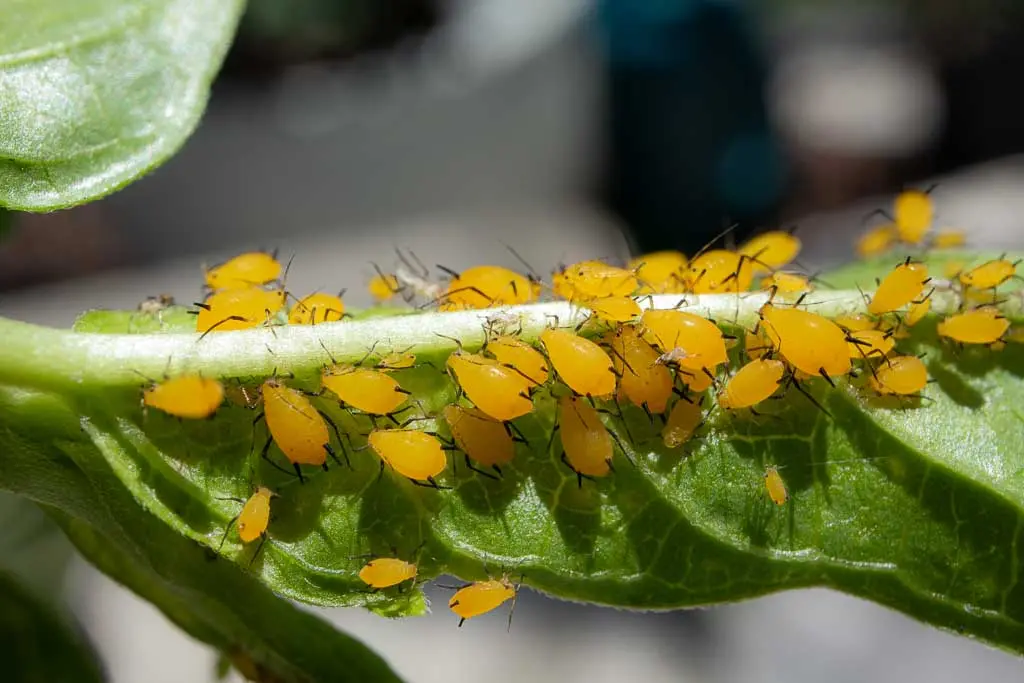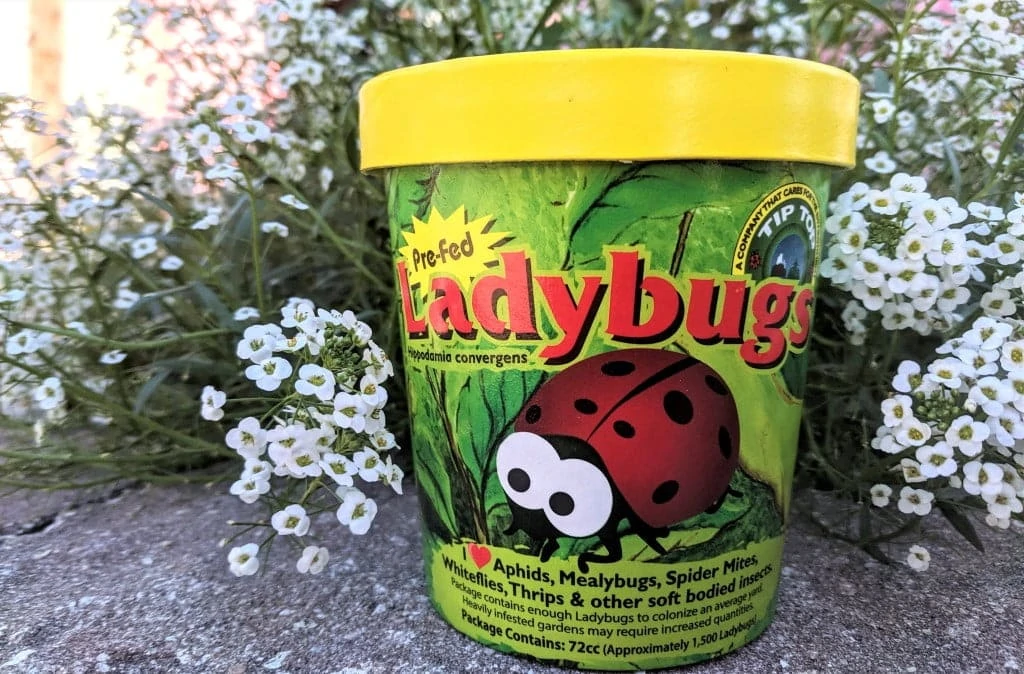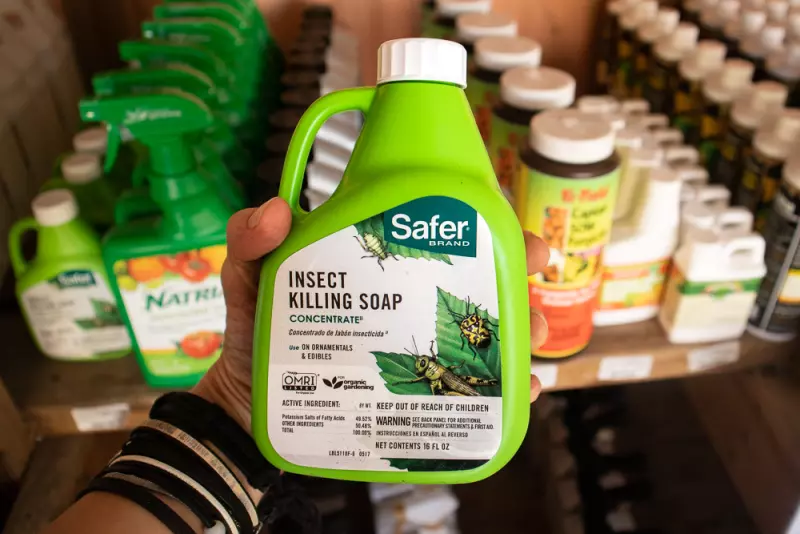By Amanda Rose Newton
Aphids, also known as plant lice, are small, soft-bodied insects that can cause significant damage to a wide variety of plants.

In this week’s post, we will explore what aphids are, why they show up, the types of plants they are attracted to in Florida, and holistic ways to manage them. We’ll also delve into their relationships with ants and parasitoid wasps, key players in the ecological dynamics involving aphids. Aphids might as well have their own world, we just live in it.
What Are Aphids?
Aphids belong to the superfamily Aphidoidea and are among the most common pests in gardens and agricultural settings. These tiny insects, typically ranging from 1 to 10 millimeters in length, come in various colors, including green, black, yellow, and pink. Aphids feed on plant sap by piercing plant tissues with their needle-like mouthparts. This feeding behavior can lead to various problems for plants, including stunted growth, leaf curl, and the transmission of plant viruses.
Common Aphid Species
There are many species of aphids, but some of the most common include:
Green Peach Aphid (Myzus persicae): Known for its ability to attack a wide range of plants, including peaches, potatoes, and many vegetables.
Black Bean Aphid (Aphis fabae): Often found on beans and other legumes.
Oleander Aphid (Aphis nerii): Typically seen on oleanders and milkweed.

Rose Aphid (Macrosiphum rosae): A frequent visitor to rose bushes.
Why Do Aphids Show Up?
Aphids are attracted to plants for several reasons:
Nutrient-Rich Sap: They seek out plants with nutrient-rich sap, which provides them with the essential nutrients needed for reproduction and growth.
New Growth: Aphids are particularly fond of new, tender growth, which is easier to pierce and offers higher nutritional content.
Environmental Factors: Warm, moist environments can promote aphid population growth. In Florida, the subtropical climate provides an ideal setting for these pests to thrive year-round.
Aphids Dining Out: Plants and Tastes
Aphids are attracted to a variety of plants, including:
Vegetables: Tomatoes, peppers, beans, and leafy greens are common targets.
Fruit Trees: Citrus trees, peach trees, and other fruit-bearing plants often host aphids.
Ornamentals: Roses, hibiscus, oleander, and many flowering plants are susceptible.
Milkweed: Especially important for attracting butterflies, milkweed can also attract oleander aphids.
Holistic and Edible Plant Friendly Ways to Manage Aphids
Managing aphids in a way that is friendly to edible plants and the environment involves several strategies:
1. Manual Removal
Water Spray: A strong jet of water can dislodge aphids from plants. This method is effective for small infestations. It also happens to be very satisfying.
Handpicking: Gently remove aphids by hand or with a soft brush.
2. Natural Predators
Ladybugs: Release ladybugs in your garden. They are voracious aphid predators.

Lacewings: Green lacewings and their larvae are effective at controlling aphid populations, more so than ladybugs, even.
3. Horticultural Oil
Horticultural oil is a natural pesticide that can be sprayed on plants to deter aphids. It is safe for most plants and does not harm beneficial insects when used correctly.
4. Soap Sprays
Insecticidal soaps can be used to suffocate aphids.
Make sure to use a solution that is safe for edible plants and apply it during cooler parts of the day to avoid leaf burn.
5. Companion Planting
Planting certain herbs and flowers, such as garlic, chives, and marigolds, can help repel aphids.
These plants can mask the scents that attract aphids or emit odors that deter them.
Aphids’ Relationships with Ants and Parasitoid Wasps
Ants and Aphids
Aphids have a mutualistic relationship with ants. Ants protect aphids from predators and parasites in exchange for honeydew, a sugary substance excreted by aphids (yes, aphid poop). This relationship can make controlling aphid populations more challenging as ants have no issue chasing attacking would be predators like ladybugs. Managing ant populations around your plants can help reduce aphid numbers.
Parasitoid Wasps
Parasitoid wasps are natural enemies of aphids. These tiny wasps lay their eggs inside aphids. When the eggs hatch, the larvae consume the aphids from the inside out, effectively controlling their population.
Discarded aphid “mummies” will have a clear exit hole on the side of their body, letting you know the wasps are doing their job. Encouraging the presence of parasitoid wasps in your garden can be an effective biological control method.
Aphids are a common and persistent garden pest, but with a combination of holistic management strategies and an understanding of their ecological relationships, you can keep their populations under control. By using natural predators, oil, soap sprays, and companion planting, you can protect your plants in an environmentally friendly way. Additionally, leveraging the natural enemies of aphids, such as ladybugs and parasitoid wasps, can help maintain a balanced and healthy garden ecosystem.



